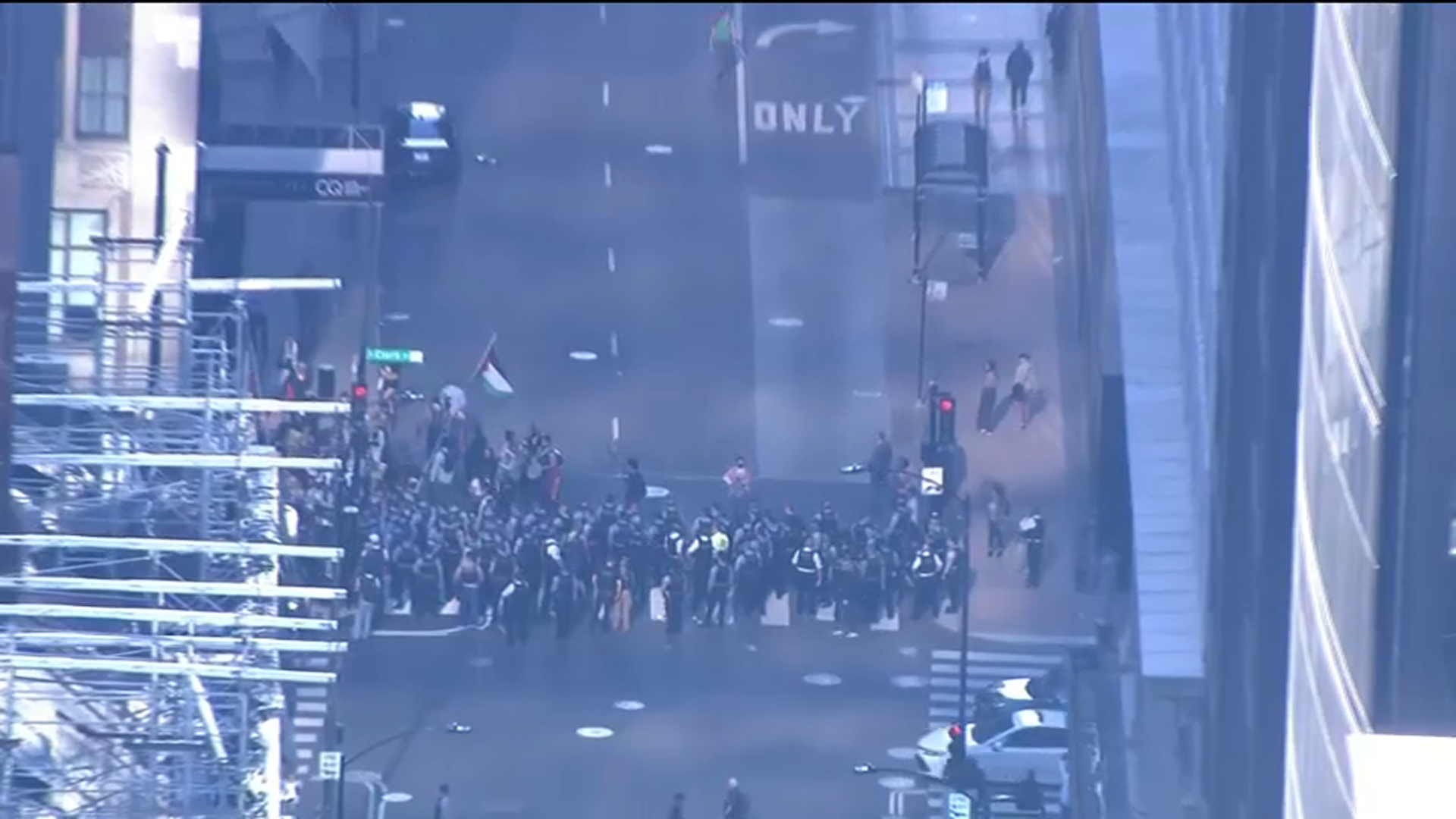In professional sports, there is an increasing awareness of the flaws of traditional statistics, and in that spirit, many smart individuals are coming up with different metrics to measure the performances of players and teams.
In baseball, batting average is being overlooked more and more in favor of statistics like OBP (on-base percentage), and the sport has also dealt with stats-based arguments in the recent past, with Mike Trout being argued as an MVP candidate over Triple Crown winner Miguel Cabrera on the basis of a stat called WAR (Wins Above Replacement).
The revolution has been slower in the hockey world, however, but it is still yielding some changes in the way people look at the game. For instance, the plus/minus statistic, designed to show how often a player is on the ice for an even strength goal or goal against, is being discarded in favor of more advanced statistics like Corsi, which measures the amount of shots taken and given up while a player is on the ice over the course of 60 minutes.
One statistic that is also getting a bum rap in hockey is hits. Fans love to look at box scores and see that their favorite player had 10 hits in a game, because it seems to justify the notion that hockey is a game in which the more physical club usually wins.
Stat geeks, however, have a different view of hits. They see it as more indicative of a team that doesn’t have the puck very often, and as such the higher the hit total, the less likely it is that a team is going to win based on a lack of possession time.
Those two viewpoints clashed a bit in Game 1 of the Chicago Blackhawks’ series against the Los Angeles Kings on Saturday. The Blackhawks dominated the time of possession in the game, ended up outshooting the Kings 31-14 in the first two periods of the game, and carried the play to such a degree that the first period goal by Kings forward Justin Williams was seen as an anomaly rather than a great play.
With that kind of possession domination, one would assume that the Hawks would have been massively outhit by the Kings, but that assumption would be a false one. In fact, the hit totals were nearly identical for the two teams, with the Kings holding a 44-38 edge at the end of the contest.
Local
What was especially notable about that number isn’t so much the total number of hits (which can be fairly argued might be skewed in favor of the home team because of a friendly official scorer), but rather who it was on the team that was picking them up. If guys like Marian Hossa and Jonathan Toews are racking up the hits, then it means that the Hawks have been taken out of their puck possession/shoot often game plan.
Rather, when it’s guys like Andrew Shaw and Bryan Bickell that are dishing out the pain, that is a great sign for the Blackhawks, and that was the case on Saturday night. Bickell had six hits in the game, which tied him for the team lead with another bruiser, Brent Seabrook. Shaw had six hits on the evening, and no other Blackhawk had more than three.
Again, these numbers aren’t a conclusive demonstration of how the Blackhawks dominated play in Game 1, but they do illustrate that the team was able to keep their composure despite the excellent performance of Kings goaltender Jonathan Quick. Even when he was at his best, and stopping everything that Chicago could throw at him, the Hawks did not resort to frustrated tactics like going for hits instead of backchecking the puck, and that was the difference as they took a 1-0 lead in the series.



